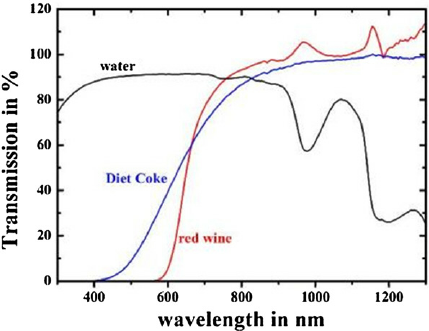Technical Observation and Suggestion on Product Detection Sensors
During my role as an Electrical Maintenance Engineer in a bottling company, I worked directly with photoelectric sensors for product detection on the final packaging conveyor line. These systems, typically comprising an emitter and a crystal reflector, functioned effectively at first. However, over time, issues such as product detection failures, sensor misalignment, and reflector contamination became common, impacting both production accuracy and maintenance load. At the time, photoelectric sensors were the only detection technology I had hands-on experience with. However, during my master's degree studies, I gained further exposure to advanced sensing technologies, including ultrasonic sensors and I came to understand their significant advantages in industrial automation. Ultrasonic sensors operate using sound wave reflection rather than light, making them far less susceptible to interference from transparent packaging, shiny surfaces, or dust and moisture all common in bottling environments. Recommendation: If advising any production facility facing similar detection issues with photoelectric sensors, I would strongly recommend evaluating ultrasonic sensors as an alternative. Despite a slightly more involved installation process, they offer: Superior reliability in harsh or variable conditions Consistent detection across a wide range of product shapes and materials Reduced maintenance requirements Improved long-term accuracy and process stability A trial installation on a single conveyor section could serve as a valuable proof of concept before full-scale deployment.
